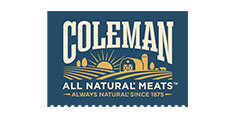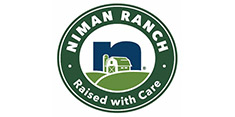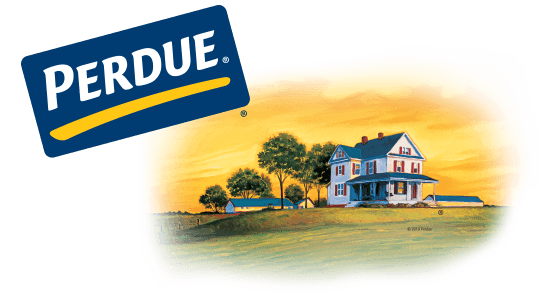Environmental and Community Impact of Poultry Houses
November 14, 2018
We recognize that residential development and agricultural activities need to co-exist, so we take into account the proximity of neighboring properties and the environment before offering contracts for new poultry house construction. We require farmers raising our poultry to adhere to all federal, state and local regulations, including environmental and zoning, and work with them to help ensure adherence to our best management practices. These steps minimize the environmental and community impact of poultry operations, while supporting the economic viability of agriculture and the independence of the family farm.
Responsible Poultry House Siting
Before we will offer a contract, any proposed poultry house construction must meet all applicable regulations, as well as our own guidelines, which are often more stringent than local requirements. This includes minimum setbacks from property lines, neighboring dwellings, streams and wetlands, biosecurity and the maximum number of chickens on each farm.
Proposed poultry housing that falls outside of our guidelines must be reviewed by an internal oversight committee, and changes to site layout or other steps may be required to minimize potential impact on neighbors. If the proposed poultry operation is within a defined distance from neighboring residences, we will instruct the farmer to meet with neighbors to explain the planned poultry housing. We then ask for documentation of those meetings to confirm that neighbors do not object to the project. If those steps cannot be met, we will decline to offer poultry contracts for those houses, and the farmer is free to pursue a contract with another company.
Poultry Houses and the Environment
Since conventional poultry houses are enclosed and there is no liquid waste, manure is not discharged from poultry houses. Litter stored on the farm has to be kept in a covered manure storage building to prevent run-off. Concrete pads at the main doors to the poultry house provide further assurance that litter is not tracked from the poultry house to the environment by the occasional farm vehicle traffic in and out of the poultry house.
Even though manure on a poultry operation is not exposed to rain, every poultry operation has to have an approved storm water management plan.
While poultry farmers are responsible for making sure the litter from their farms goes to an approved use, crop farming and poultry production are two separate activities. The amount of nutrients applied to crops is regulated by nutrient management plans and other applicable state regulations for those fields, and crop farmers apply fertilizer accordingly. Therefore, the presence of poultry operations does not change the amount of nutrients applied to land, but the source of those nutrients may differ.
Community Impact
With proper setbacks and proper management, both of which we require, poultry houses impact on neighbors and communities is in line with what is normal from farming operations that already exist in agricultural areas.
We work with our farmers to ensure that chicken houses are situated with enough distance between the poultry operation and nearby residences to allow any dust to settle or dissipate to the point that the particulate levels are consistent with the ambient air. At that distance, the sound of the fans is barely noticeable and ammonia levels are below the EPA threshold for odor detection. Vegetative buffers capture dust and reduce noise.
As with any other agricultural operation, neighbors may notice dust and smells during short periods of time, such as when chickens are picked up to go the plant, and for a few days while the farmer prepares the houses for the next flock.
Truck traffic to a poultry farm is spread out and not continuous. Chick trucks will deliver day-old chicks to the farm, and live haul trucks will take the chickens to the plant when they reach market age. In between, feed trucks deliver to the farm about once a week – less often when the chickens are small, and a little more often as they mature.
Since Perdue does not routinely use any antibiotics in poultry production and 95% of our chickens never, ever receive any kind of antibiotic, our operations are not associated with concerns around antibiotic-resistant bacteria.


















